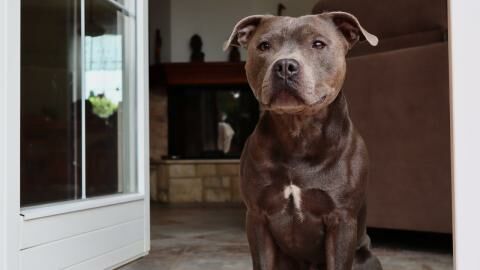In the past, people used to say that by multiplying your dog's age by seven, you will get the equivalent of their age in human years. But this calculation method is not exactly accurate and doesn’t necessarily apply to all breeds of dog.
Discover our latest podcast
A more accurate calculation method
Jesse Grady, a veterinarian at the veterinary clinic at Mississippi State University, has revealed that the seven-year rule for calculating a dog’s age in human years is too general and not reliable enough because it does not take into account a dog's breed-specific characteristics or its size. Take Chihuahuas and Labradors for example.
Let’s take a look at the sizes of our loyal companions:
- We first have small dogs like Jack Russell
- Then medium size dogs like Spaniels
- Big dogs like Labradors
- And very big dogs like St. Bernards
For small dogs, eight years equates to around forty human years. In contrast, however, for larger dogs, eight years is actually more like sixty-five human years.
Exceptions
But not even this is precise enough. Just because a dog is larger, that doesn’t necessarily mean that they have shorter life expectancies than smaller dogs. Breed-specific characteristics, a dog’s general health and its living conditions also all need to be taken into consideration.
- A two-year-old dog is ten to twenty human years old (ten for small dogs and twenty for large dogs).
- A six-year-old dog is 35 to 50 human years old.
- An eight-year-old dog is 40 to 65 human years old.
- And a ten-year-old dog is 50 to 80 human years old.
So now you should have a rough idea of how old your dog actually is in human years. Check out the video above for the corresponding table.















